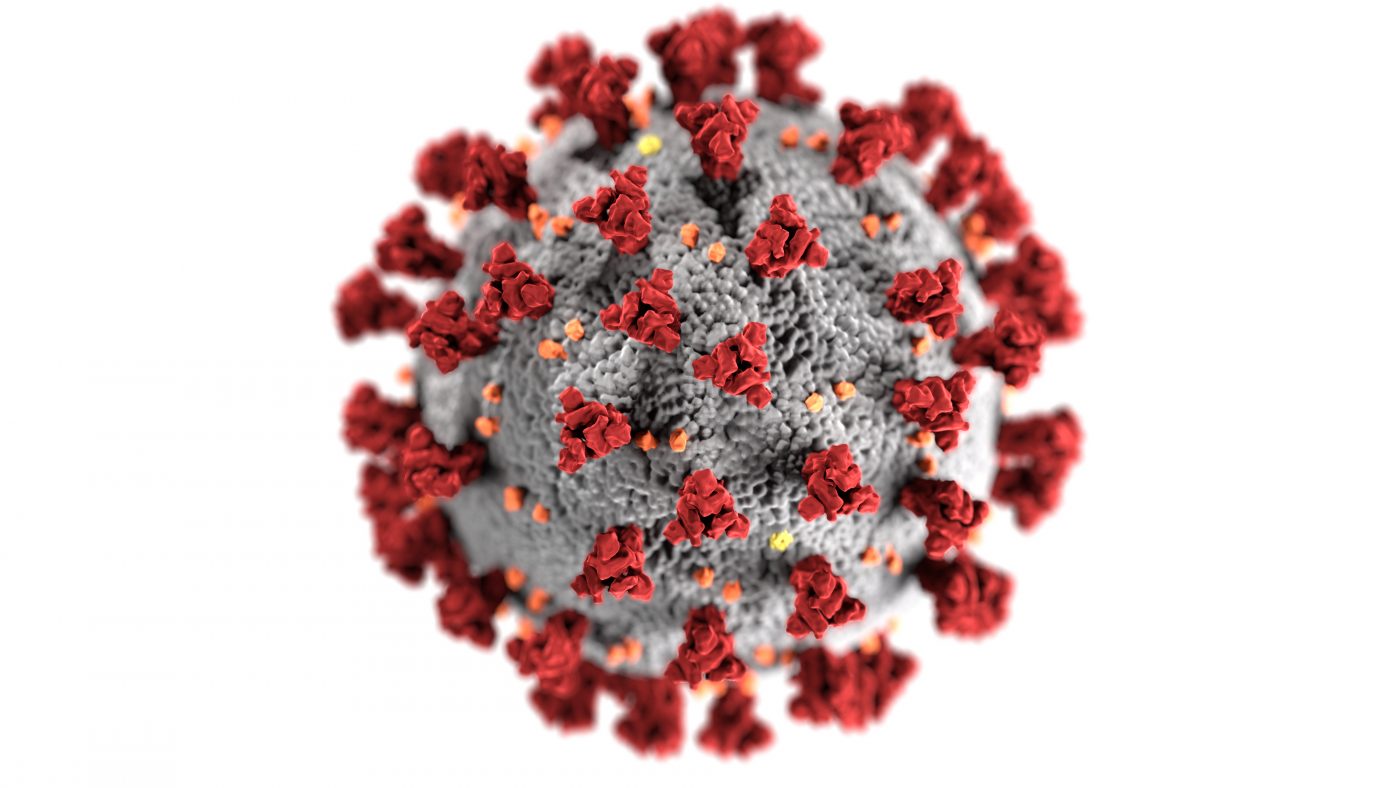Oxford University has developed and unveiled a new online dashboard providing an insight into how vulnerable different regions and boroughs of the UK would be in the event of a “second wave” of COVID-19 infections. The tool can be used to calculate how many people would face hospitalisation.
The dashboard suggests that the worst-affected areas of South London would include Bromley, Dartford, Bexley and Richmond, which score the highest on risk of hospitalisation per 1,000 people.
A generally encouraging picture – at least for now
The hospitalisation risk measure takes into account the factors of age and hospital capacity when the infection rate is low and near zero, News Shopper explains. The South London news outlet adds that Bromley and Dartford jointly shows the highest hospitalisation risk, at 2.3 per 1,000 people.
The next highest risks are in Bexley and Richmond, where the figure is 2.2 per 1,000 people, while Sutton, Croydon and Merton – on 2.1, 2.0 and 1.9 respectively – are close behind.
However, while all of these figures are above the London average of 1.8, they remain roughly in line with the rest of the UK average and so do not represent particularly high-risk areas. Some of the UK’s lowest risk figures were in Greenwich and Lewisham, with 1.7 each, and Wandsworth with 1.6.
What would happen if the infection rate reached 1?
Fortunately, it is easy to find out with the dashboard, which lets users adjust for fluctuating infection rates and hospital resource levels. For example, users can specify a provisional infection rate of 1 – a move that, in the South London figures, sees the hospitalisation risk increase.
However, even in this event, the area’s level of infection remains relatively low compared to how it would fare elsewhere in the UK. In Bromley and Bexley, for example, the rate would hit 76.6 and 73.6 respectively per 1,000 – above the London average of 61.6 while remaining relatively low-risk.
The dashboard can also factor in social deprivation, population density and ethnicity to see how the COVID-19 picture would be affected.

A useful tool for helping to suppress future outbreaks
In an Oxford University press release, Professor Melinda Mills – author and Director of the Leverhulme Centre for Demographic Science, which developed the online tool – remarked: “With additional outbreaks and second waves, thinking not only regionally, but at much smaller scale at the neighbourhood level will be the most effective approach to stifle and contain outbreaks, particularly when a lack of track and trace is in place.”
Naturally, the onus will be on everyone in COVID hotspots – from individuals to businesses – to continue following the relevant rules and restrictions to ensure that the infection rate falls. Employers can help by distributing guidance to their employees.
A business could, for example, detail its anti-COVID measures in a booklet to be printed out and then handed out to each employee. By investing in booklet makers to use in-house, businesses can ease their efforts to quickly print out a new copy as and when a new worker joins the payroll.

